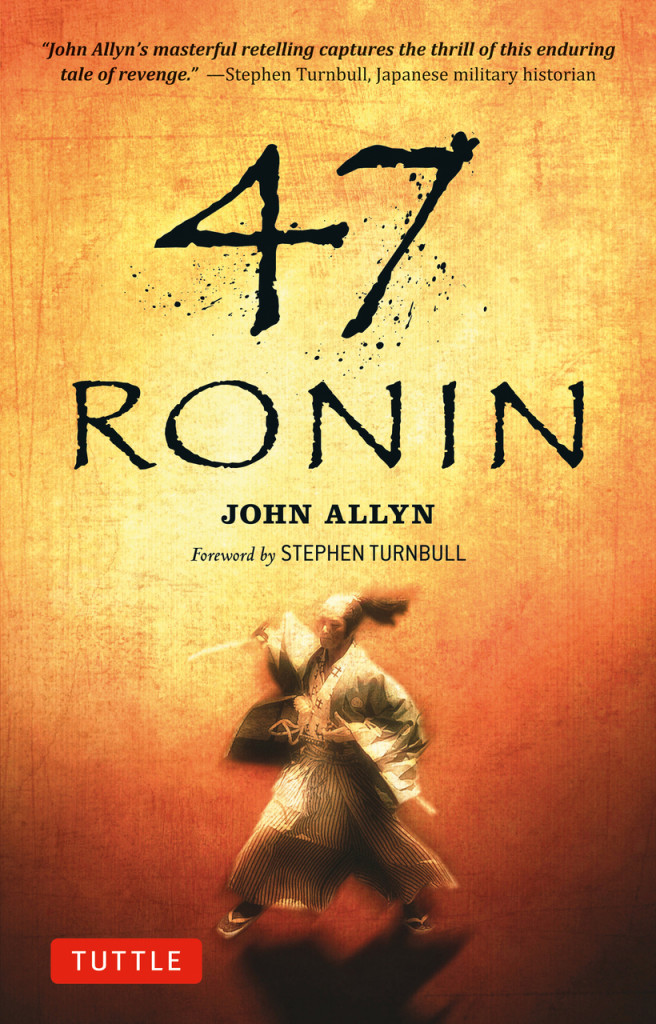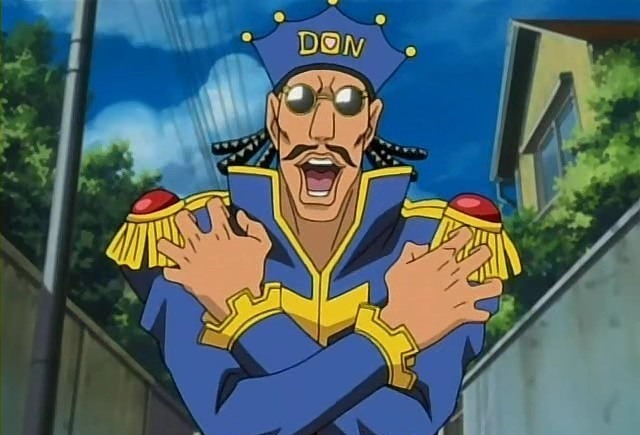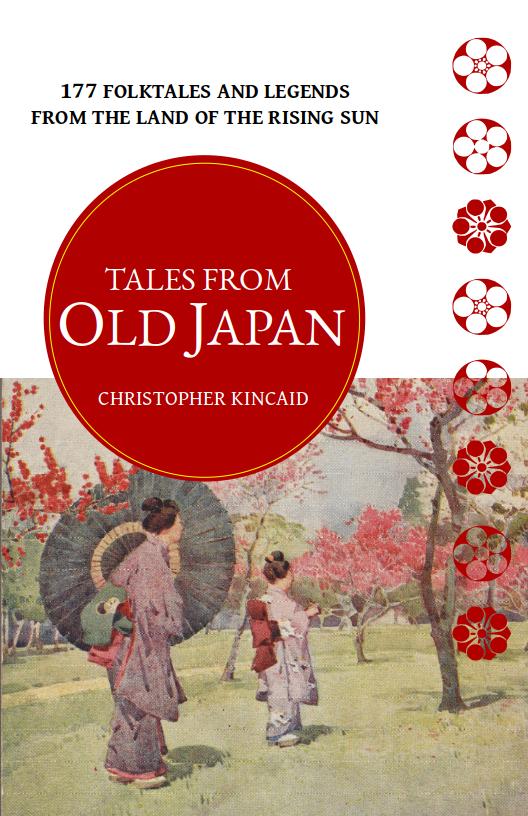 John Allyn’s version of Japan’s classic story shows some of its age. Originally published in 1970, Allyn’s writing has some jarring elements common to books published at that time. Modern readers are used to seeing through the eyes of a single character with chapters or scene breaks marking a change of viewpoint. 47 Ronin jumps from the eyes of one character to another sometimes within the same paragraph. The effect is jarring until you get used to it.
John Allyn’s version of Japan’s classic story shows some of its age. Originally published in 1970, Allyn’s writing has some jarring elements common to books published at that time. Modern readers are used to seeing through the eyes of a single character with chapters or scene breaks marking a change of viewpoint. 47 Ronin jumps from the eyes of one character to another sometimes within the same paragraph. The effect is jarring until you get used to it.
47 Ronin tells an excellent story. However, the viewpoint shifts can be off putting, and there is scant description. Unless you are familiar with the dress and culture of Japan under the Tokugawa shoguns, you will have problems visualizing the environments and characters.
The story centers around a vendetta. The Lord Asano is executed when he attacks a shogunate official for an insult. The official survived Lord Asano’s attack. As a consequence, Lord Asano’s lands and house are all forfeited to the Shogunate. Several of Lord Asano’s samurai take offense to this injustice and seek to avenge their lord by killing the official. The rest of the story follows the vendetta’s planning and the actions of Oishi, Lord Asano’s loyal retainer.
This story is based on real events. 47 Ronin is a fictionalized account that pulls from both history and the famous kabuki play, Kanadehon Chushingura. The foreword by Stephan Turnbull lays out the history of the events the book covers. Readers not familiar with events will find the foreword helpful.
The story also takes place during the time of Tokugawa Tsunayoshi (1646-1709). Known as the “Dog Shogun,” Tsunayoshi declared dogs as protected and also issued edicts protecting various types of animals. The Shogun was born on the Year of the Dog. 47 Ronin portrays Tsunayoshi in a fairly negative light. The religious Tsunayoshi’s laws had revolutionary humane elements. For example, child abandonment became a severe crime, as did victimizing other weak people. Samurai viewed compassion as a weakness (something Allyn points out in the story), so Laws of Compassion were quite a shift ( Bodart-Bailey, 2006). However, 47 Ronin stays true to the samurai perspective with the negative view of Tsunayoshi and his dogs. Dogs were dangerous back then and would often attack people. Not to mention they were noisy.
47 Ronin has many interesting scenes and nice action. I particularly enjoyed the story of Oishi’s involvement with a geisha. Allyn builds suspense well. If you are familiar with samurai and Tokugawa era culture, the scant descriptions keep the pace blistering. At 253 pages, the book is about the same length as a light novel. Fans of samurai will enjoy this retelling of a classic story of revenge and loyalty.
You can find 47 Ronin on Amazon and at Tuttle Publishing.
References
Bogart-Bailey, B. (2006) The Dog Shogun. University of Hawaii Press.



